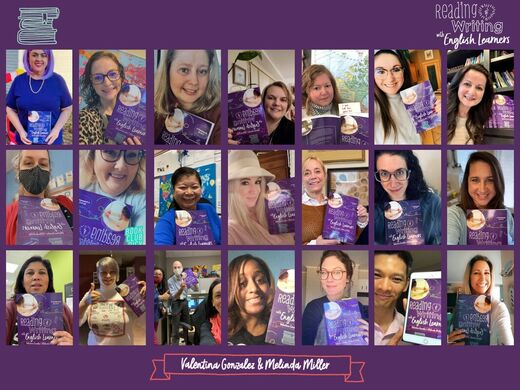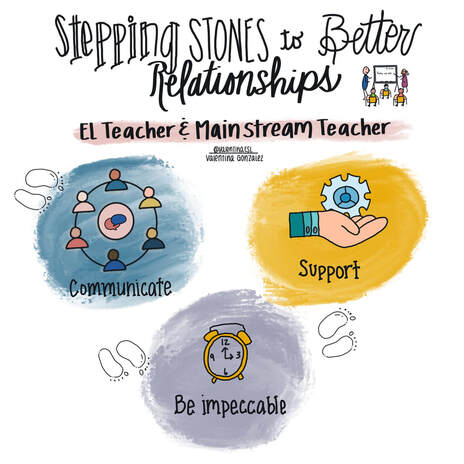|
A lot of the work I do centers around literacy and ELs. The goal of this post is to help you quickly & easily find what you're looking for as a reading teacher of ELs.
1 Comment
When I left the comfort of my own classroom to become an ESL teacher, I didn’t know that I would have to become intentional about building relationships with the mainstream classroom teachers I worked with. But I learned quickly.
Healthy, productive relationships between mainstream teachers and ESL teachers don’t happen on their own magically. Like most relationships, thought, planning, and careful execution takes place for a truly happy relationship to develop. Over the years, here’s what I learned as an ESL teacher about creating relationships with mainstream teachers. If you know me, you KNOW I L.O.V.E. what I do. I've always loved it. No matter my role in education, I bloom where I'm planted. I think this is because (like many of you) education is not a job for me, it's a calling. I live and breathe it. It's not a 7-4 job. There are no hours that limit my time doing what I do.
But I have to be honest with you, the year I transitioned from a classroom teacher to an ESL teacher who pulled students out and co-taught, wasn't all roses. I struggled...a lot. So if this is your first or second year out of the mainstream classroom and working as an ESL specialist, pull out teacher or co-teacher, you may be able to relate. As a co-teacher, you might wonder how co-teaching fits in with the components of literacy. Or you might be a main stream (general education) teacher that has a co-teacher and you wonder how to best utilize two teachers in the room during reading and writing instruction. Many ESL teachers co-teach in classrooms during reading and writing blocks. It's important to know which co-teaching approaches fit best with each component of literacy instruction.
Teachers wear so many hats in a given day. We are counselors, mothers/fathers, referees, coaches, guides, facilitators, listeners, mediators, and so much more. Having diverse students in our classrooms adds a new layer to our responsibilities. And by diverse, I mean all types of diversity:
Co-Teacher ToolkitAs a Collaborative Teacher or Co-Teacher, you may go into multiple classrooms and various grade levels each day. This type of schedule has its advantages, but it also can be quiet a heavy load as far as planning is concerned.
In my own experience, I have been in the shoes of the classroom teacher and the ESL teacher coming in to co--teach. In both cases there were times when planning together just wasn't possible. I found that having a toolkit with me was a lifesaver as I came into classrooms to serve students. |
Categories
All
|







 RSS Feed
RSS Feed
